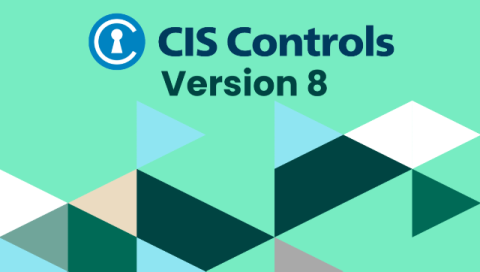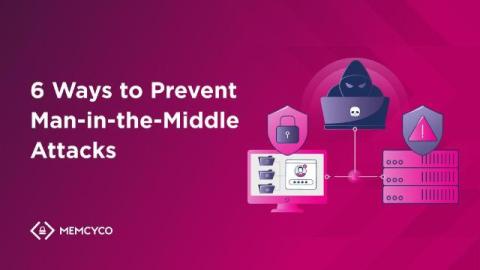What is DFIR?
As the threat landscape evolves alongside organizations’ move toward digital-first operations and cloud-based applications, part of a robust cybersecurity strategy becomes not just preventing attacks but knowing how best to respond if and when one occurs. That response, specifically digital forensics incident response (DFIR), is the key to mitigating and recovering from a cyber incident.











